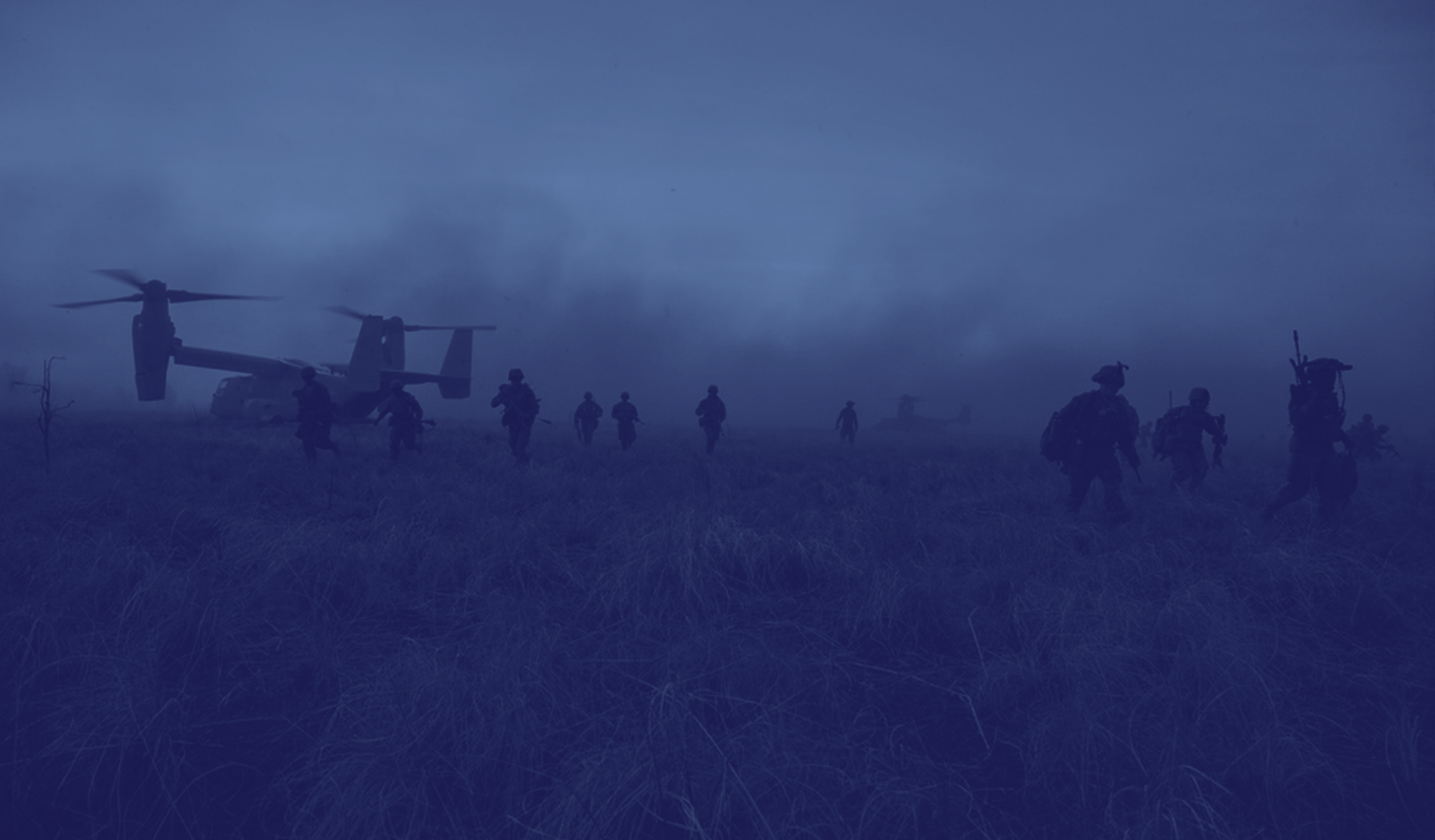by Colonel Mary V Stremlow, USMCR (Ret)
Marines in World War II Commemorative Series
Some stories sound too contrived to be true, yet are repeated too often to be dismissed as mere folklore. One such tale was rescued and restored to its rightful place in history when Mary Eddy Furman confirmed that, yes, the portrait of Archibald Henderson, 5th Commandant of the Marine Corps, crashed from the wall to the buffet the evening that Major General Commandant Thomas Holcomb announced his decision to recruit women into the Corps. Mrs. Furman, then a child, was a dinner guest at a bon voyage dinner party given for her father, Colonel William A. Eddy, and the Commandant’s son, Marine Lieutenant Franklin Holcomb, on 12 October 1942 when the Commandant was asked, “General Holcomb, what do you think about having women in the Marine Corps?” Before he could reply, the painting of Archibald Henderson fell.
We can only surmise how Archibald Henderson would have reacted to the notion of using women to relieve male Marines “for essential combat duty.” On the other hand, General Holcomb’s opposition was well-known. He, as many other Marines, was not happy at the prospect. But, in the fall of 1942, faced with the losses suffered during the campaign for Guadalcanal — and potential future losses in upcoming operations — added to mounting manpower demands, he ran out of options.
 |
| A WR color guard is photographed at Headquarters, Marine Corps, summer 1944. Photo courtesy of Mary R. Rich |
With 143,388 Marines on board and tasked by the Joint Chiefs of Staff to add 164,273 within a year, the Marine Corps had already lowered its recruiting standards and raised the age ceiling to 36. At the same time, President Roosevelt’s plan to impose a draft threatened the elite image earned by the selective, hard-fighting, disciplined Marines, and so, the Commandant did what he had to do. In furtherance of the war effort, he recommended that as many women as possible should be used in non combatant billets.
The idea was unpopular, but neither original nor unprecedented; women were already serving with the Army and in the Navy and Coast Guard Reserves. In fact, during World War I, 300 “Marinettes” had freed male Marines from their desks and typewriters at Headquarters, Marine Corps, to go to France.
Periodically, between World War I and World War II, prodded by people like Army Chief of Staff General George C. Marshall and Congresswoman Edith Nourse Rogers, military and elected leaders gave fleeting thought to the idea of a womens corps. Marshall knew that General John J. Pershing had specifically asked for, but not received, uniformed female troops. Rogers, a Red Cross volunteer in France in 1917, was angry that women who had been wounded and disabled during the war were not entitled to health care or veterans’ benefits. She promised that “. . . women would not again serve with the Army without the protection the men got.”
Yet, until 1941, not many people took the available studies seriously and even advocates could not agree on whether the women should be enlisted directly into the military or be kept separate, in an auxiliary, where they would work as hostesses, librarians, canteen workers, cooks, waitresses, chauffeurs, messengers, and strolling minstrels… Read more here
